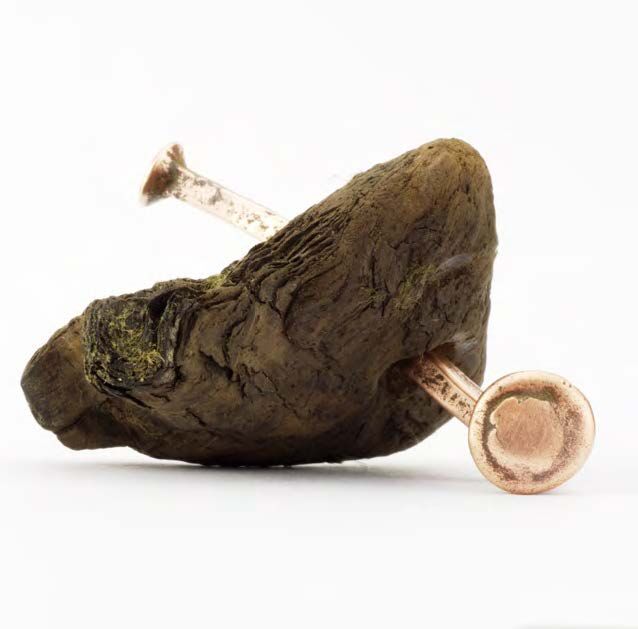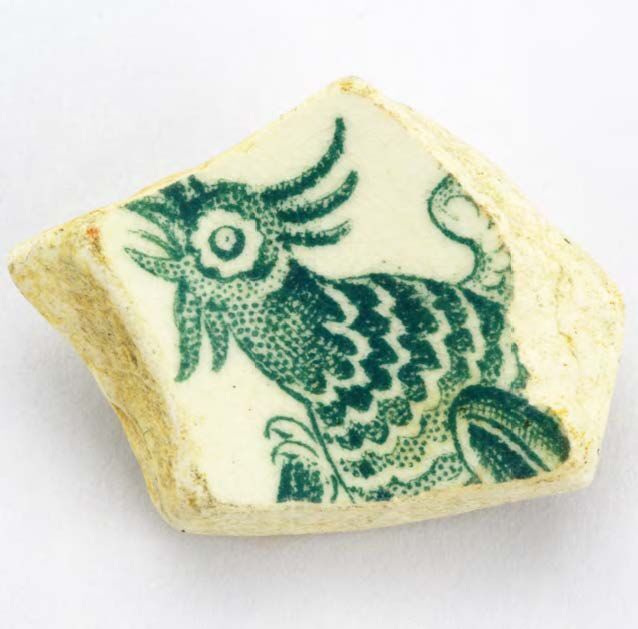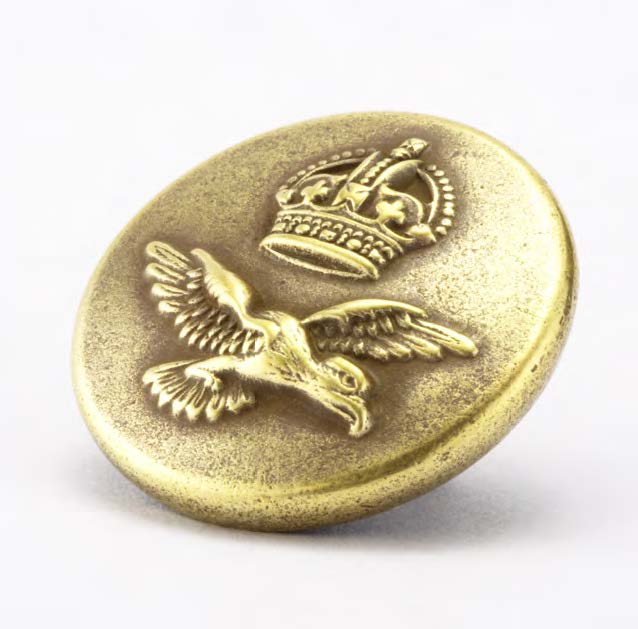A decade or so ago, I was showing some friends around London. They were visiting from Rome for the weekend. We’d gone shopping in Borough Market, to an exhibition at the still-new Tate Modern, then we walked back along the riverside to Waterloo.
By Blackfriars Bridge, we stopped to look at the Thames and saw that the tide was out, exposing a wide gravel beach beneath us. I had been down there a few times before, not looking for much, never finding anything of interest, but enjoying being somewhere hidden in the centre of London. We decided to make it the final stop on our tour. Not knowing there was any other way, we climbed around a locked steel gate and down steps towards the river.
By Blackfriars the foreshore is solid to walk on. It’s made of pebbles and architectural waste: broken bricks, cobbles, tiles and scaffold brackets. The water under the bridge recedes almost as far as the first pier. There, daylight is muted, sounds muffled. We stood beneath the span and looked up at girders and brackets and decorations. Then, with feet almost wet at the river’s edge we stared across the water at the boats and the City of London.
The Thames is omnipresent in our conception of London but it is nearly always viewed from a safe distance, from an embankment or a bridge. (Have you ever walked across the river and spontaneously breathed in, deeply? As if, somehow, passing over it has momentarily solved all your problems? Crossing a bridge I often catch myself sighing with an unexpected contentment.)
But walking on its shore is like stepping into a different London. Breaking the boundary from river path to foreshore is unexpectedly transgressive; the beach seems a forbidden space. Under the bridge, scuffing the gravel with my shoe, I touched an old clay tobacco pipe and picked it up. In places on the foreshore, pipe stems are everywhere. Even the first time I went down I picked up a dozen or more.
I knew to look for the chalky white tubes, the broken stems of the eighteenth century cigarette. Pipes were cheap, disposable, sometimes given away for free with a pinch of tobacco. They stand out against the round fl int pebbles.
But this one was more than a fragment; it had a bowl at the end, one of the first ones I’d ever found. And when I turned it over in my hands I saw that it was not just a bowl. It also had a well moulded shape to it; turned upside down it became a perfect horse’s hoof, complete with a fetlock and a fine coat of hair.
Some might compare London unfavourably to Rome (occasionally they might be right: let’s start with the weather). Rome is a city almost overwhelming in its antiquity. Yet although the ancient matter is everywhere, I dare you to try taking it home.
Here, in the centre of London, below the drinkers of the Founders Arms, I was holding history: not of great political events, but of very small things, of an individual living around 1850 who had broken his pipe and chucked it in the river.
There is a connection there, between him and me, a participation in the same story. Museums could show you a collection of pipes (I suspect it might be tedious), but these collections have been curated through generations, selected by experts and stifled behind glass.
The same object, fresh from the beach, held for the first time in a hundred years, suddenly has a spark of life to it: it is fascinating because it is found, and because it is unmediated, and because of the vanishingly small number of individuals who have ever had it in their possession. I had by chance become the most recent name on the list. Not to mention that it was a clay pipe shaped like a horse’s hoof: I wanted more of this.

Photo: Ted Sandling / Francis Lincoln
But what was ‘this’? It turned out that this was mudlarking. Today, mudlarking means searching the Thames foreshore for artefacts and antiquities. But it is an old name, maliciously descriptive. People hearing it for the first time often assume that it’s mud-wrestling, that I’m doing it in budgie-smugglers in a paddling pool.
It is not, but 150 years ago there would have been wrestling involved, though not for spectators’ pleasure. Mudlarks fought each other, the authorities and the mud as they sought to recover scrap for a tiny, hard-earned profit. The River Thames today is not the river of then; it’s not even the river of fifty years ago. It is a relic of past industry.
Until its decline of the 1960s and 1970s, when containerisation made the London docks uneconomic and no longer deep enough for the vast ships plying global trade, the Thames was like Heathrow. It was a vital node at the centre of international trade and transport, with ships docking from everywhere, sailing to anywhere.
The docks dug off the Thames were at the centre of advanced logistics; before they were built, all the massed tonnage of shipping landed at quays along the river. The queues to unload could last months; goods lined the wharves like barricades.
Besides trade, the river was used for shipbuilding, to feed factories and for local transport. Until 1750, when Westminster Bridge was constructed, London Bridge was the only way to cross the river other than by boat. It was almost always quicker to travel by water than by road, and the risk of robbery significantly diminished (except for a scalping from your oarsman).
Contemporary pictures show the Thames seething, consumed by traffic. And all of this shipping and industry had one place for its waste: the river. This is where we meet the original mudlarks: impoverished people barely surviving by salvaging scrap from the foreshore and selling it on to their dealer, called a dolly.

Photo: Ted Sandling / Francis Lincoln
My book is an attempt to make accessible personal histories of London. I am not a professional archaeologist; if anything, I’m closer to those eighteenth-century dilettante antiquarians who have the reputation of magpies. But the River Thames in some ways demands that. It is not a nicely stratified archaeological site. It presents treasures, but with a serendipity; it gives up random objects, and it is up to the finder to discover their stories.
That’s the joy of mudlarking: that after every trip you know more than you did before. Chance connections with something that was once treasured, that was once lost and has now been found again.
Even the meanest broken fragment tells a story of this great city.
Main image: RAF tunic button
Photo: Ted Sandling / Francis Lincoln



